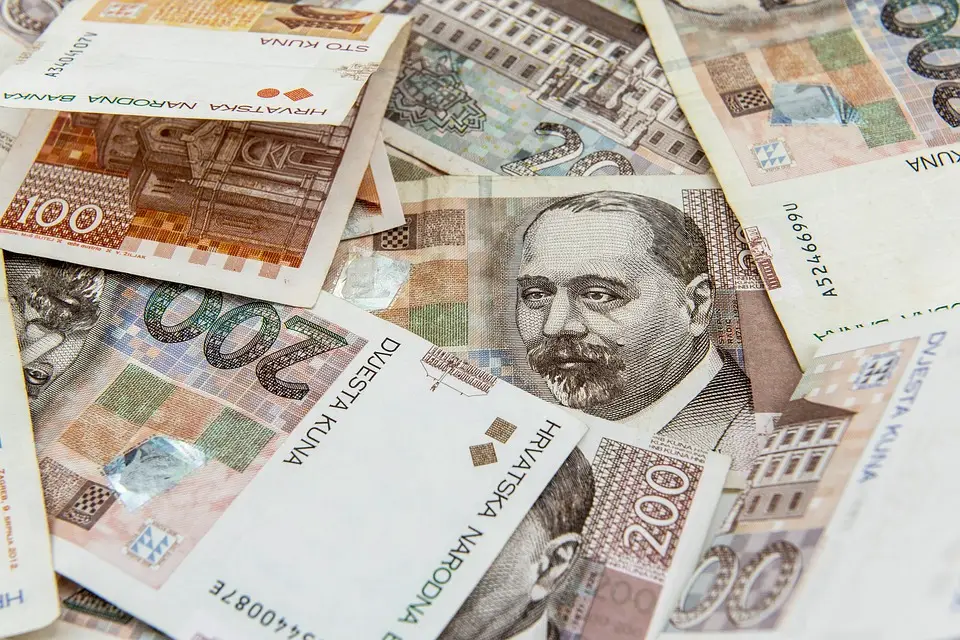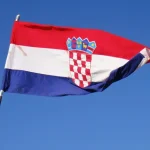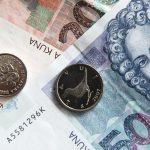As Poslovni Dnevnik/Jadranka Dozan writes, it isn’t that there is absolutely no explanation for the prevailing impression of the suppression of optimism among the Croatian public, but there have been some shifts.
When it comes to Croatian economic picture and the prospects, and despite the still present uncertainties about the pandemic, news that already looks like a wave optimism has appeared. The last in the series, from the Northern European powerhouse Great Britain, made the Croatian tourism sector especially happy.
Croatia will no longer be on the UK’s amber list, but instead it will find itself on the green list. This significantly facilitates the return of British tourists after holidaying here, which is positive for the tourist season. However, recently the Croatian coast changed its colour from green to orange on the “Covid map” of the ECDC. It’s therefore a mixed bag.
At the session of the two Councils on Wednesday, the Croatian National Bank issued a revision of the projection of real Croatian GDP growth in 2021. Compared to the original projected 5.9 percent growth, as part of the regular semi-annual review, it raised its growth projection for this year to 6.8 percent.
Although the European Commission in its summer forecasts a week ago improved the expectations of the growth rate (i) of the Croatian economy for 2021, in relation to the CNB’s forecasts, the Commission now seems even conservative. The EC has raised its forecasts for this year from 5 to 5.4 percent.
Admittedly, this is primarily a correction that (as is the case with the CNB) largely reflects the assessment that the part of the recovery of the Croatian economic picture that was expected to materialise next year will actually move to 2021. As such, the EC now predicts a rate of 5.9 percent for next year instead of the recent forecast of 6 percent real growth.
Last week’s summer forecasts from the Commission coincided with another positively intoned occasion when looking at the Croatian economic picture. EC President Ursula von der Leyen visited Zagreb and gave a positive assessment of the National Recovery and Resilience Plan, a document that forms the basis for European funding of projects worth billions of euros in the coming years.
However, in addition to the aforementioned wave of optimism, more forecasts of a number of international analytical and investment houses that don’t have as much media visibility are also important.
For example, analysts at Moody’s Analytics recently updated their forecasts and are now counting on as much as 10.2 percent of GDP growth for Croatia. The Oxford Economics forecast is just under 9.9 percent.
Compared to most Croatian forecasters and institutions, the current forecasts of Croatian GDP growth are significantly higher according to Citigroup or Fitch Ratings, which see it at +8.5 percent this year. The same goes for the Dutch ING with their current forecast of eight percent, and Capital Economics with the expectation of 7.5 percent growth for the Croatian economy this year.
Coronavirus-related risks remain
Whether Croatian economists see better and more deeply, or they naturally shift their focus to economic weaknesses and risks, remains to be seen. In any case, all forecasts for the Croatian economic picture today are accompanied by reservations or remarks related to the risks of a possible unfavourable development of the epidemiological situation. For economies that, like Croatia, are strongly dependent on tourism or services that strongly imply social contacts, this is a much more sensitive variable.
In any case, in the Government, ie the Ministry of Finance, are officially sticking to the growth projections from a few months ago, and they stand at 5.2 percent.
For more, follow our lifestyle section.











